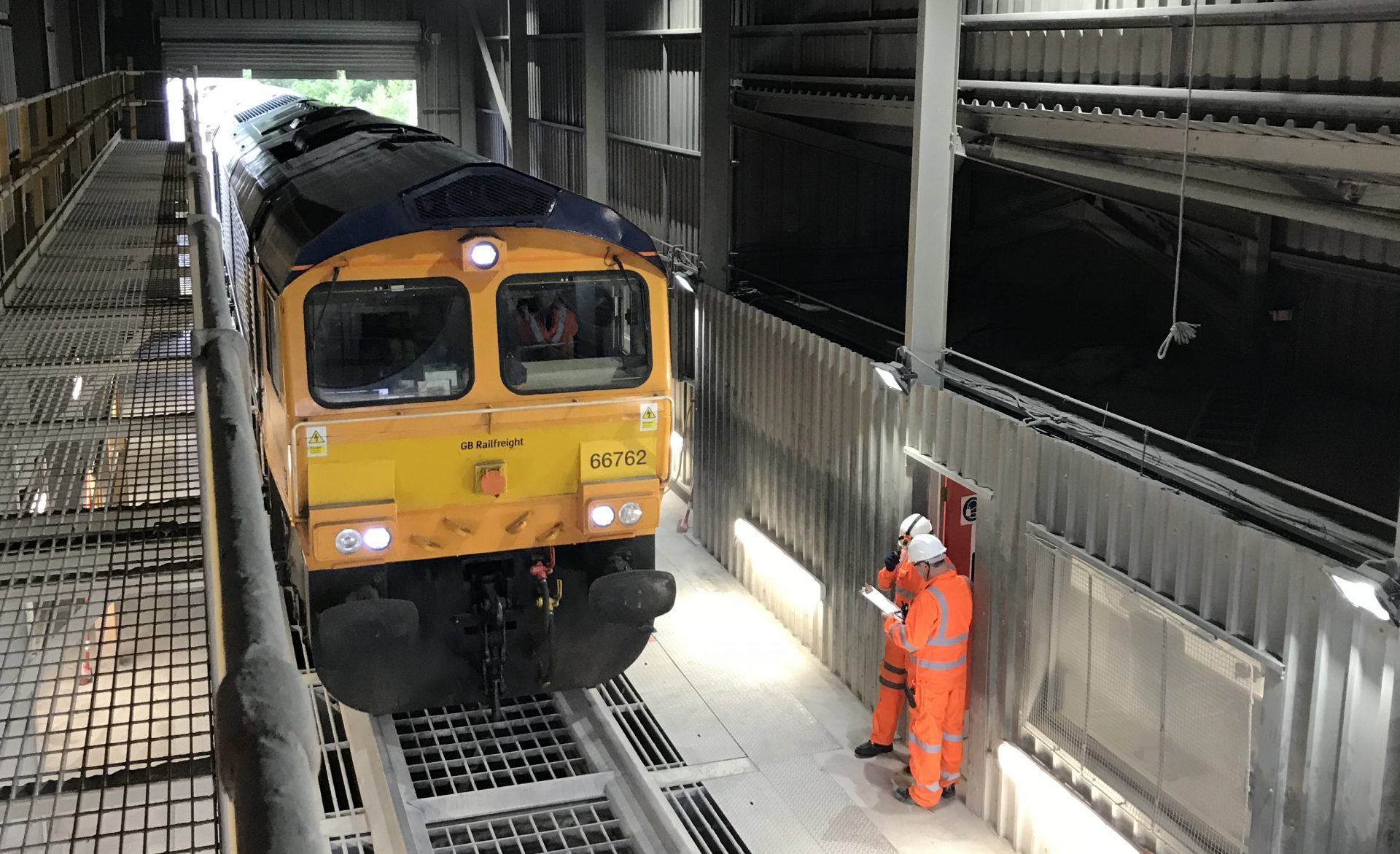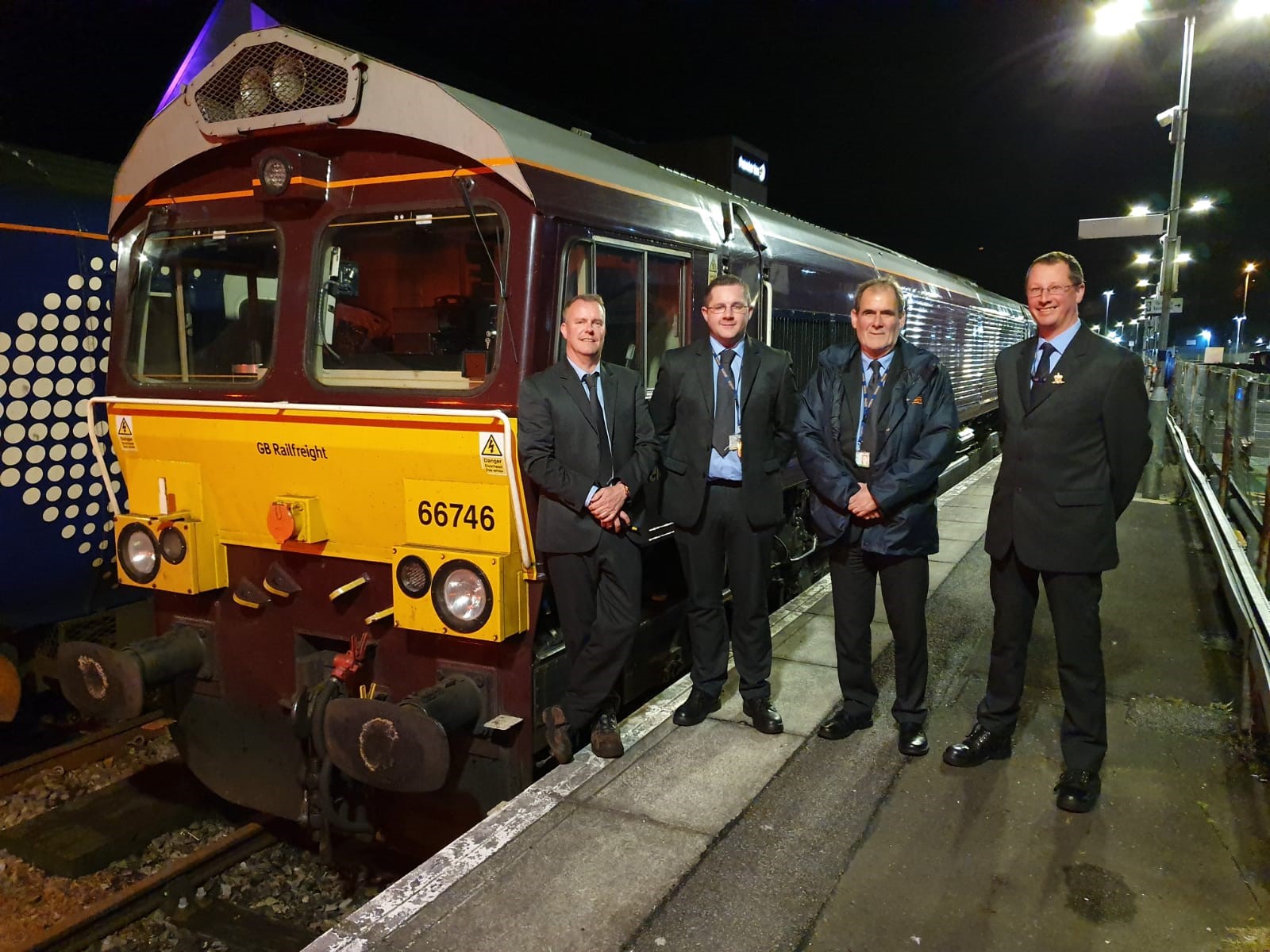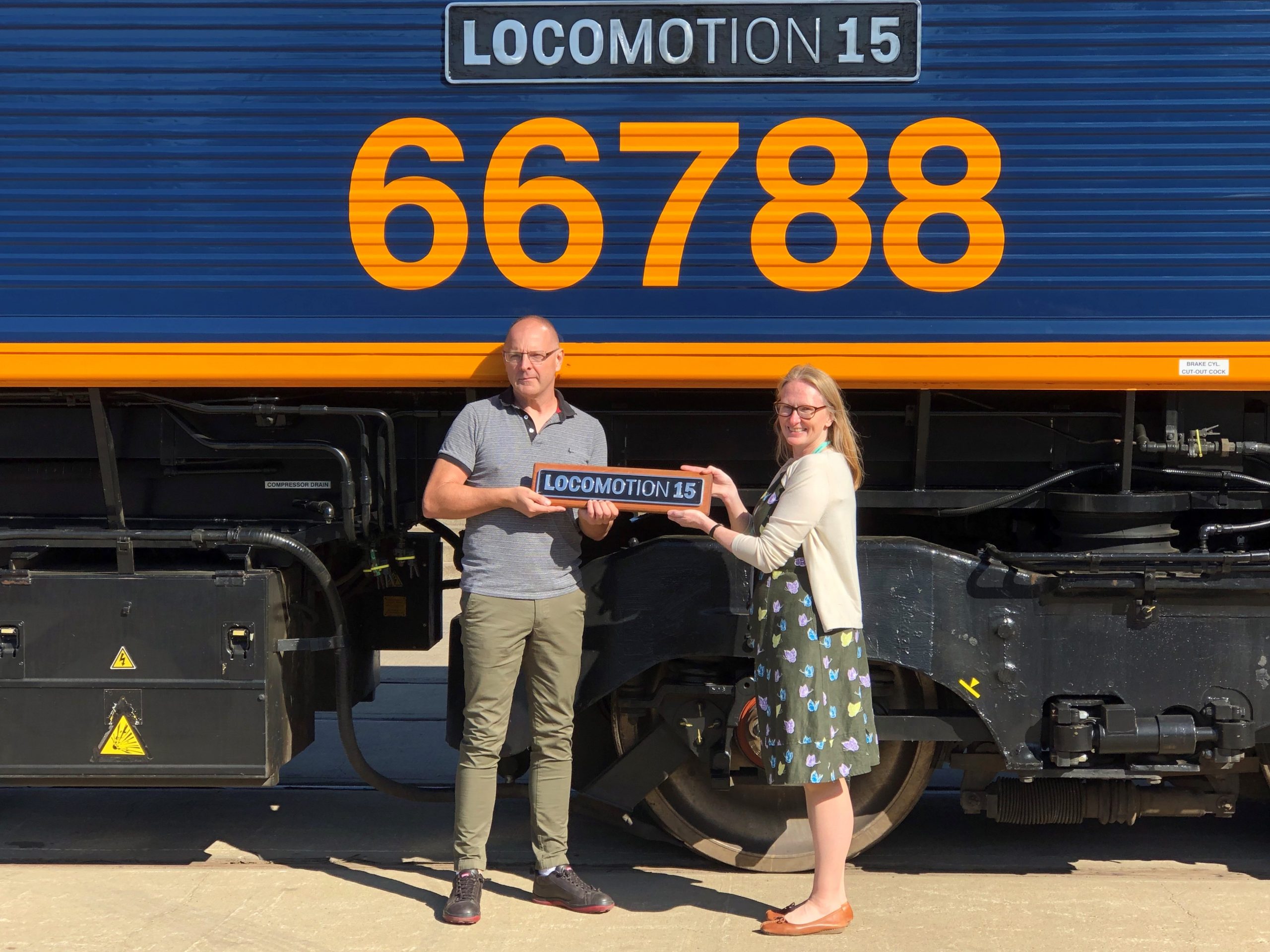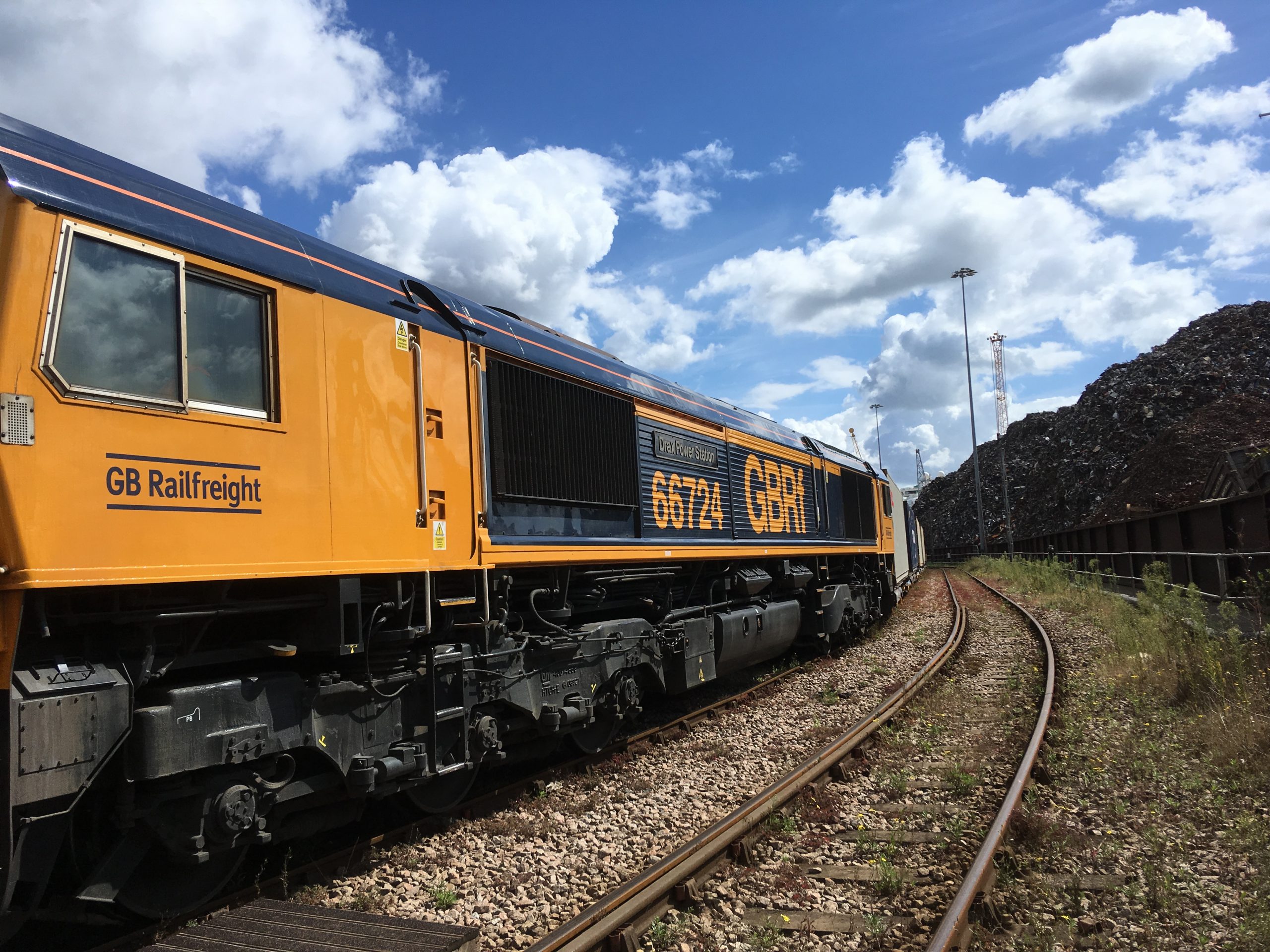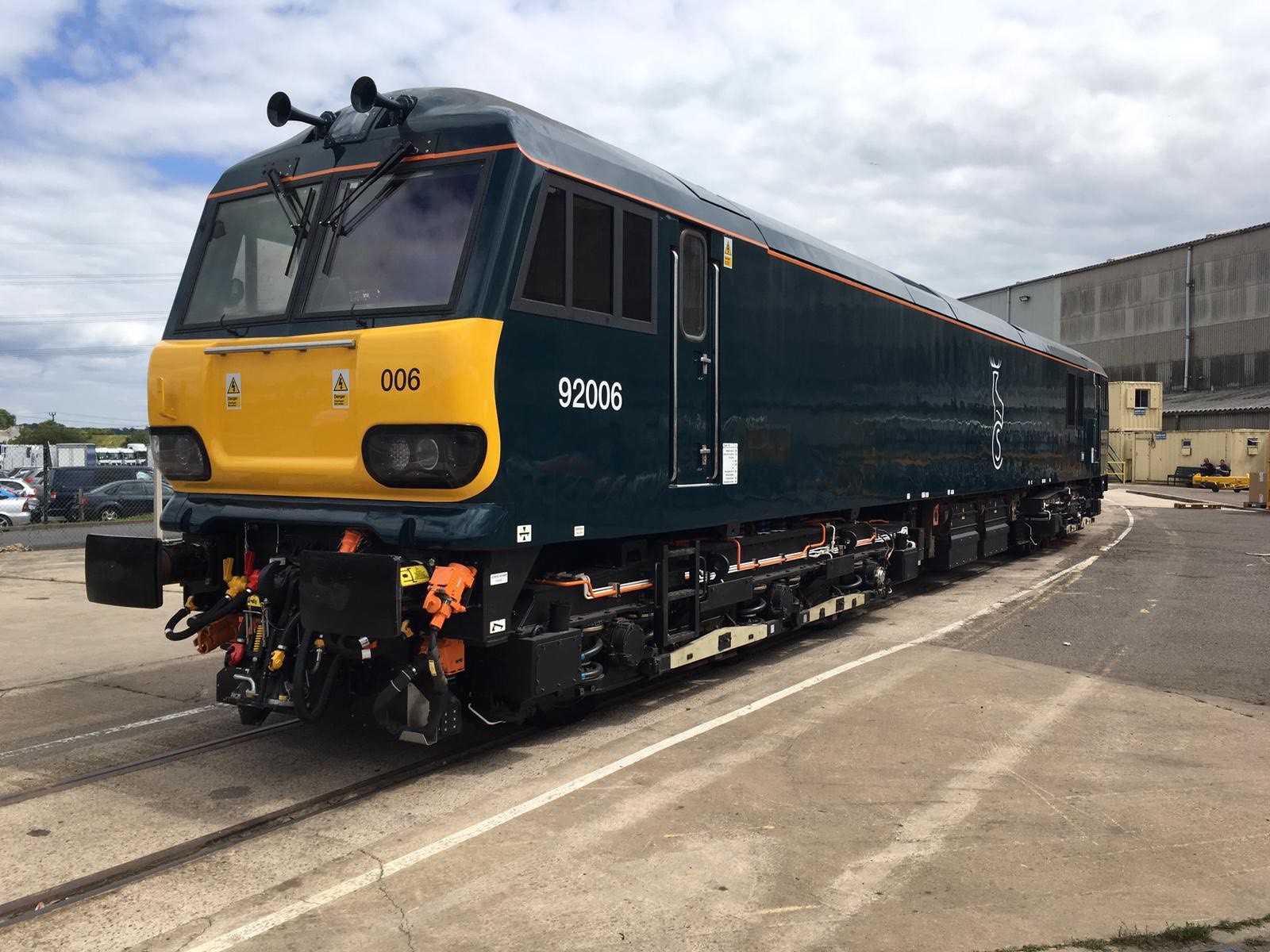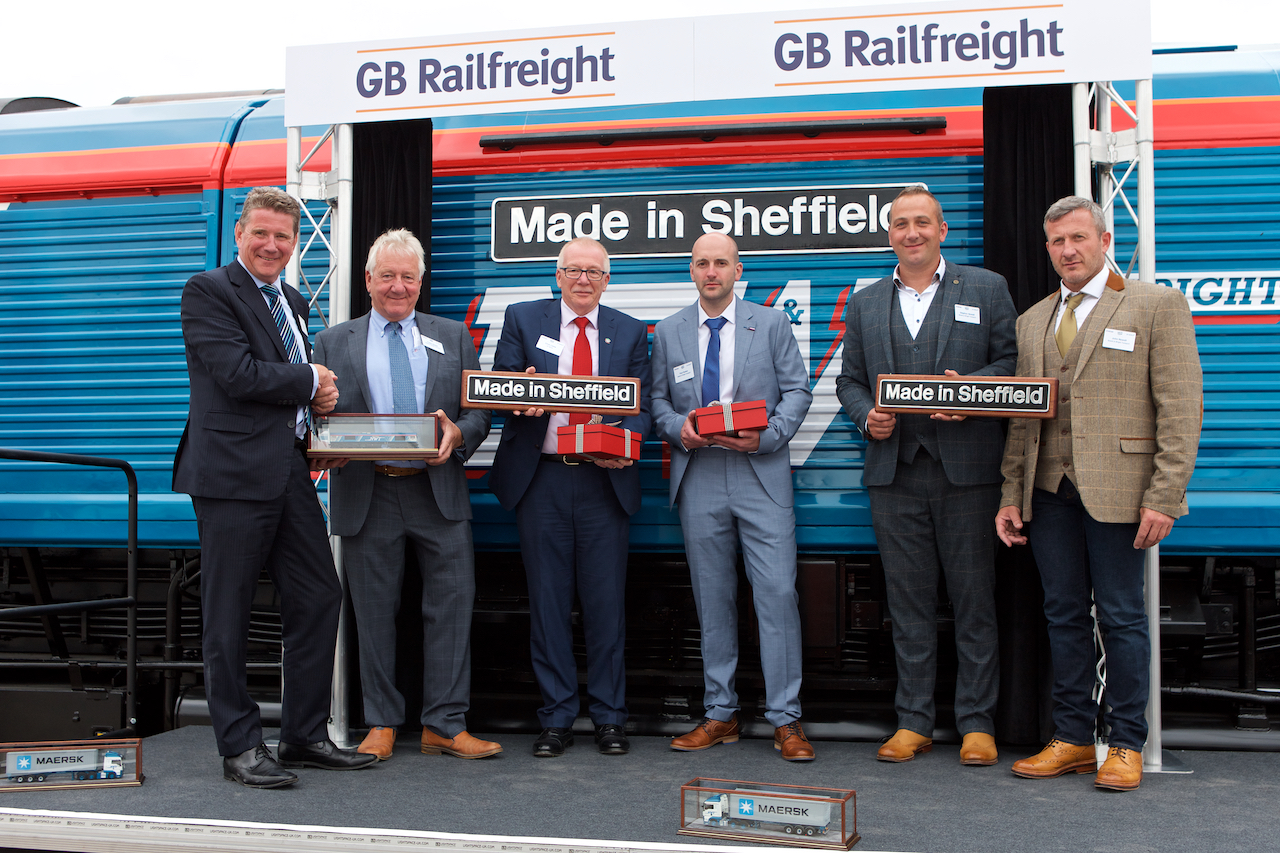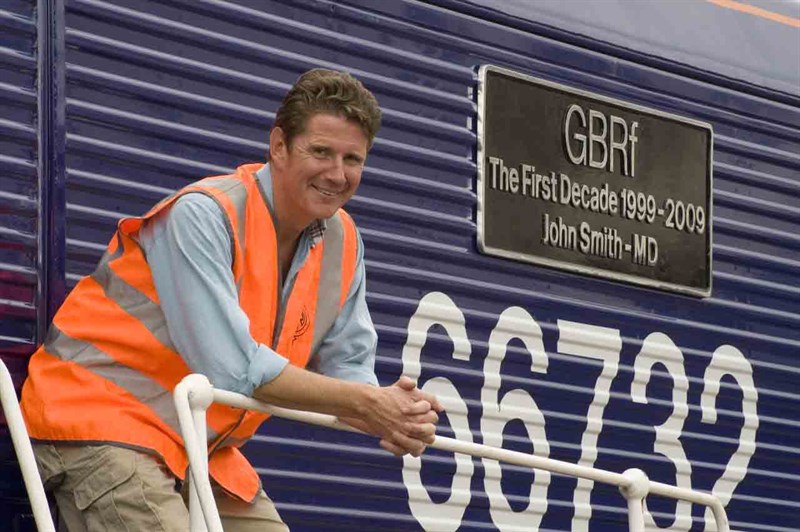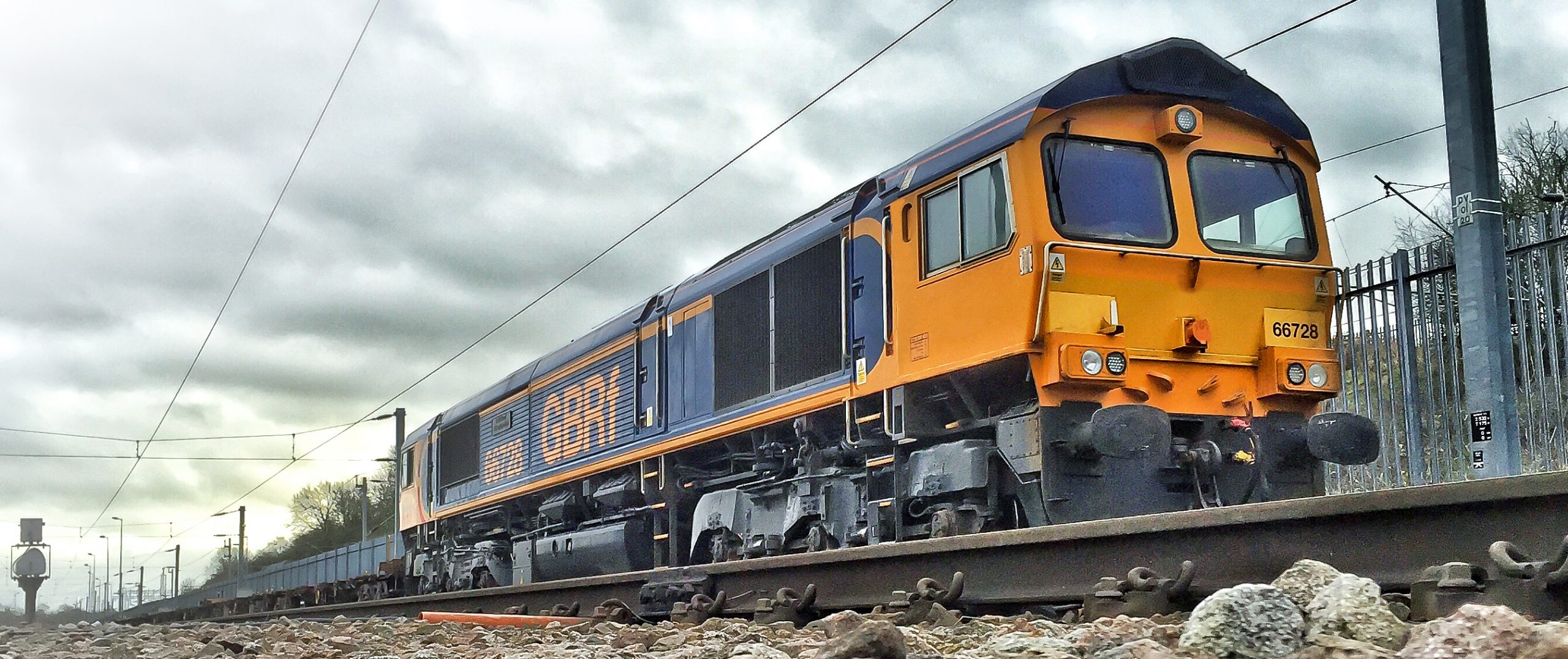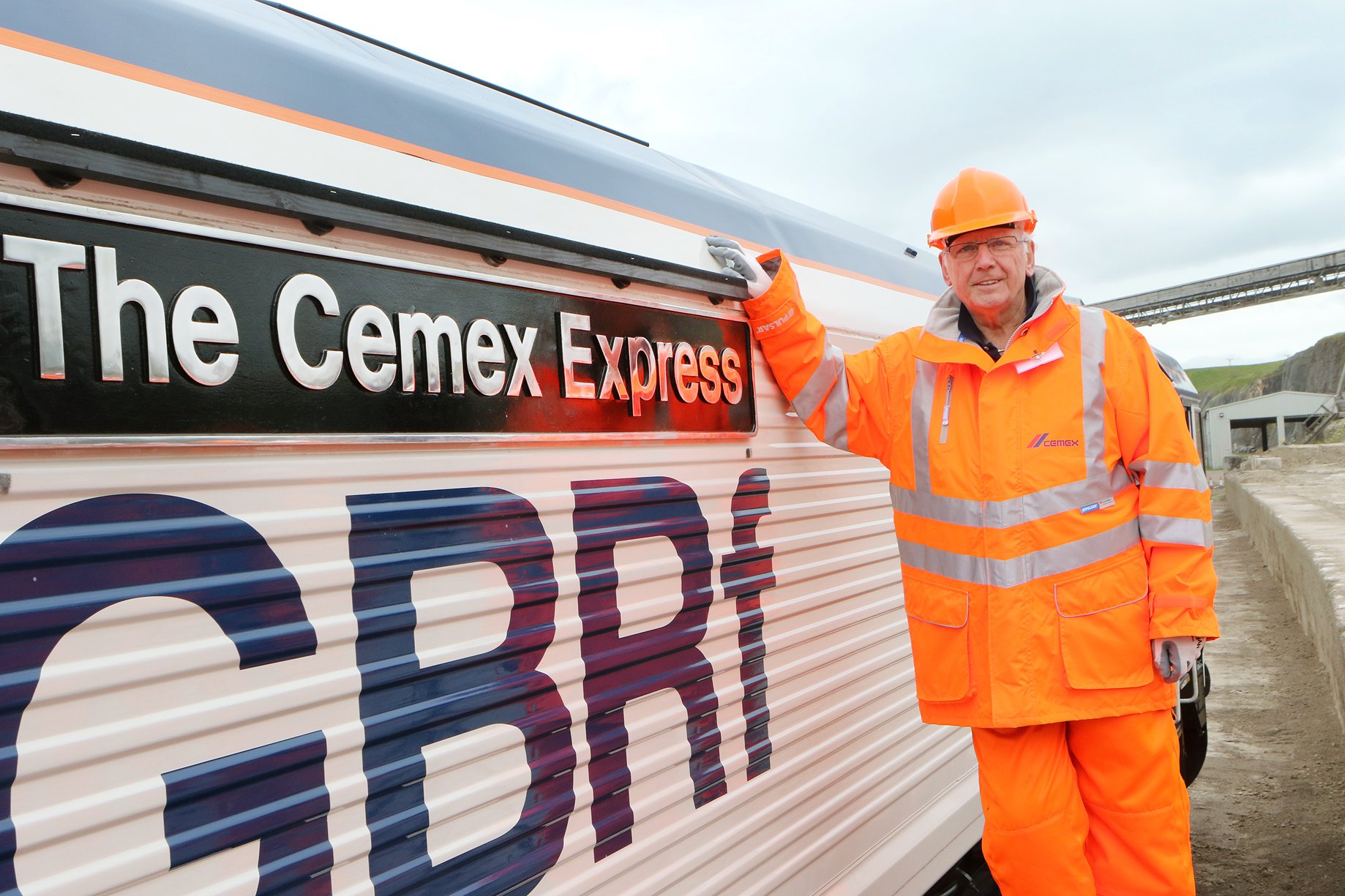GB Railfreight Announces Contract Renewal with Tarmac
GB Railfreight (GBRf) is delighted to announce Tarmac has renewed its contract for five years from January 2020 to 31 December 2025, for the transportation of aggregate materials. The contract will include the supply of hopper and box wagons from GBRf.
This is an extension to the current contract which covers the northern package of Tarmac’s rail operations, encompassing services mainly from Arcow and Swinden railheads in North Yorkshire to a variety of destinations including Leeds, Hull and two sites in Manchester.
The new contract builds on the successful relationship that has been established since GBRf started services in the northern package over four years ago in January 2016.
Managing director of GBRf John Smith said:
“We are absolutely delighted to have signed a contract extension with Tarmac. Our relationship goes back many years and we have built on the strong partnership forged in 2016.
“During the ongoing pandemic, we are doing our bit to keep the economy moving and our partnership with Tarmac is testament to that. We look forward to working with Tarmac in the months and years to come to spur the recovery of the construction sector.”
Chris Swan, head of rail at Tarmac, said:
“Effective use of the rail freight network is key in supporting the UK’s transition to a net-zero society and supporting a green recovery as we emerge from the Covid-19 crisis. Collaborative working has a vital role to play in this and we’re looking forward to continuing our relationship with GB Railfreight as the industry focuses on continued modal shift, as well as driving forward efficiencies and innovation.”

